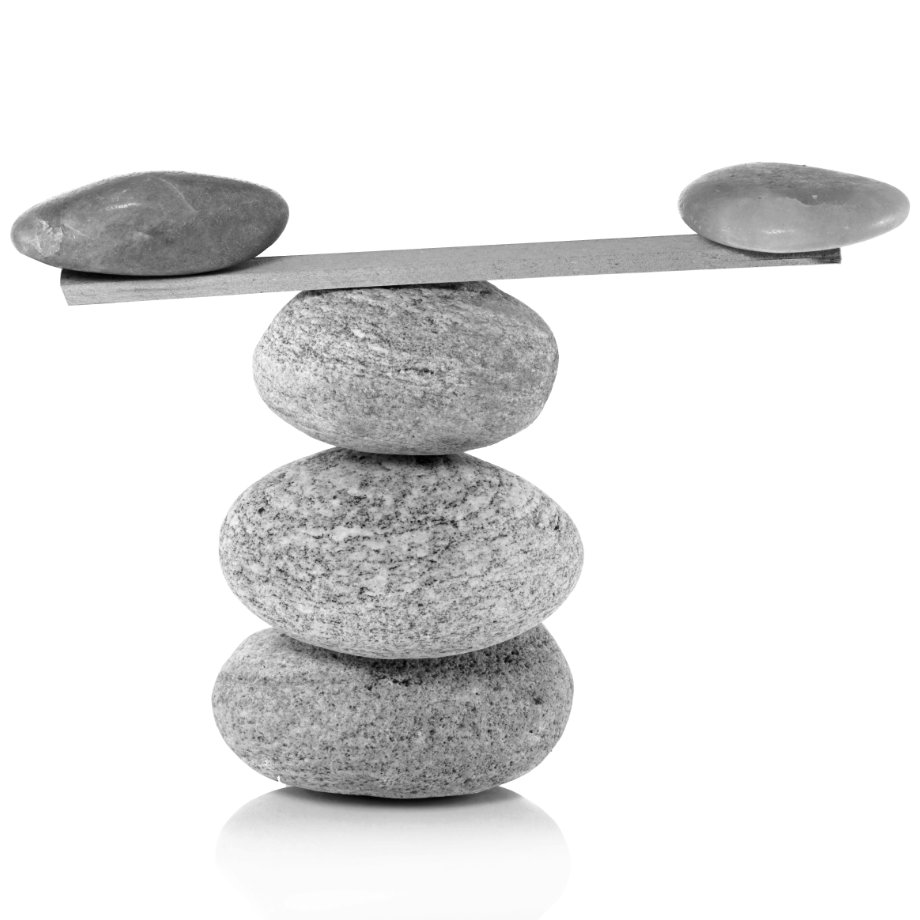Many SME owners breathe a sigh of relief when they see a profit at the end of the month. But here’s the catch: profit doesn’t automatically mean you have enough money in the bank to pay staff, suppliers, or SARS. That’s where cash flow comes in.
Understanding the difference between profit and cash flow is key to keeping your business alive and growing. Let’s break it down in plain language.

What is Profit?
Profit is what’s left after you subtract all your expenses from your sales. It’s an important measure of success — but it’s usually calculated on paper, not in your bank account.
Example: You sell R100,000 worth of services this month, with R70,000 in expenses. On paper, you’ve made R30,000 profit — even if most of your clients haven’t paid yet.
What is Cash Flow?
Cash flow is the actual movement of money in and out of your business. It shows whether you have enough available cash to cover your daily expenses.
Example: From that R100,000 in sales, only R40,000 has been paid so far. Meanwhile, you still need to pay R70,000 in expenses. That leaves you R30,000 short — even though you’re profitable.
Why SMEs Need Both
- Profit without cash flow = stress. You’re profitable on paper but constantly struggling to cover bills.
- Cash flow without profit = danger. You may have money now but if expenses exceed income long-term, your business won’t survive.
- Both together = stability. Strong profit backed by healthy cash flow means you can pay expenses, invest in growth, and stay compliant with ease.
How to Balance Profit and Cash Flow
Profit tells you if your business model works. Cash flow tells you if your business can survive day to day. Together, they give you the clarity and confidence you need to grow sustainably.
At SG&CO, we specialise in helping SMEs balance both — with financial statements, forecasting, and compliance support you can trust. Let us help you gain the clarity your business deserves.
